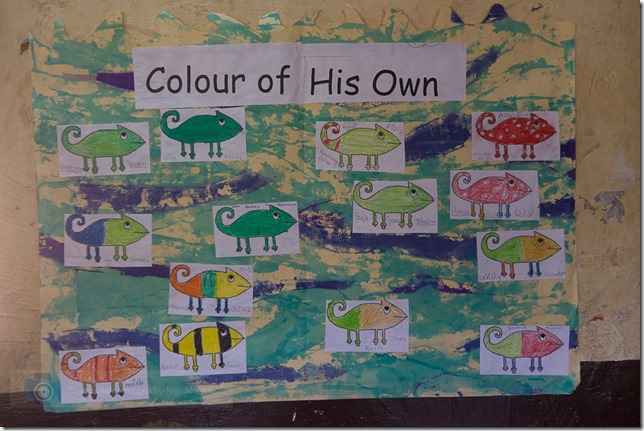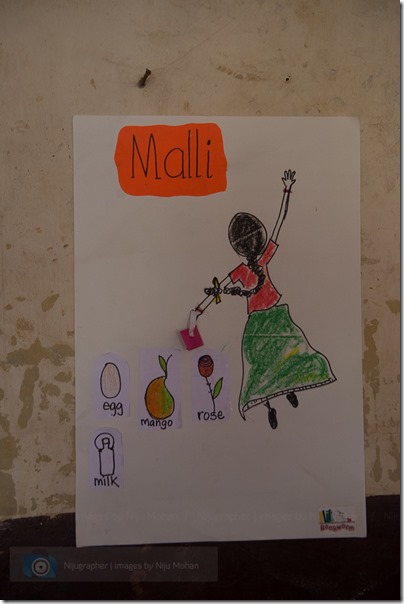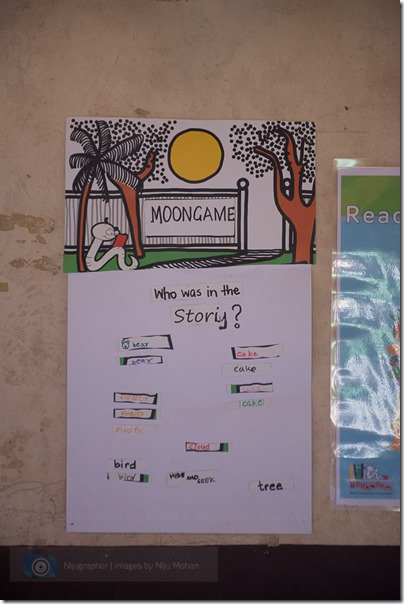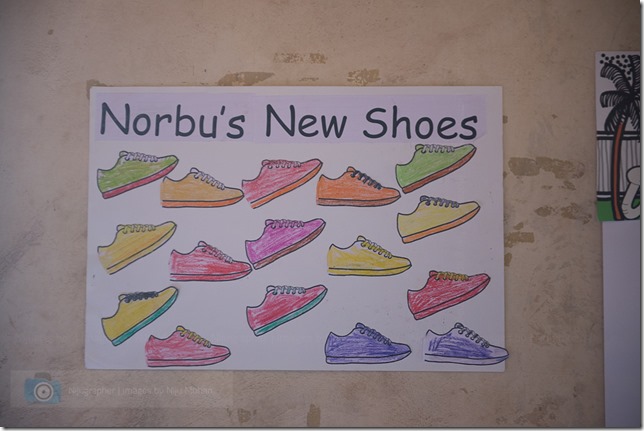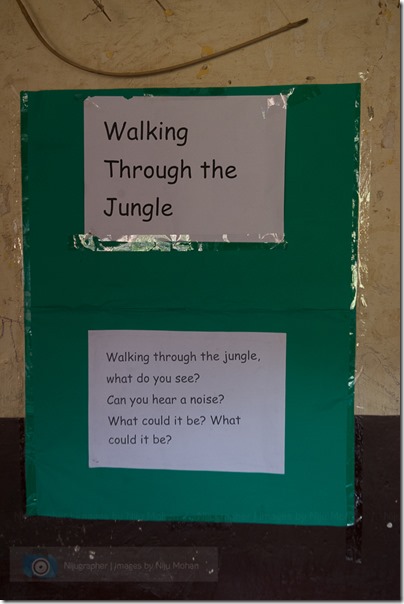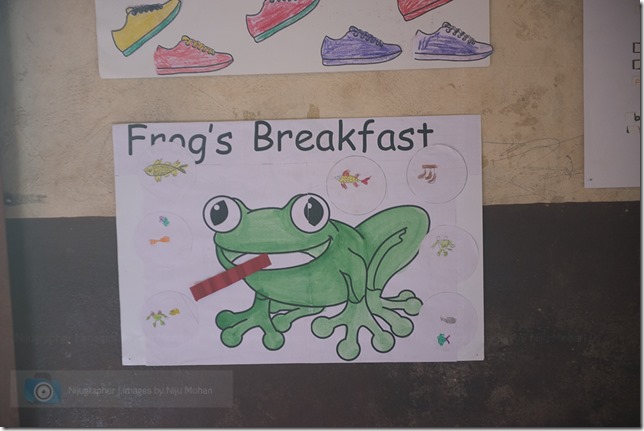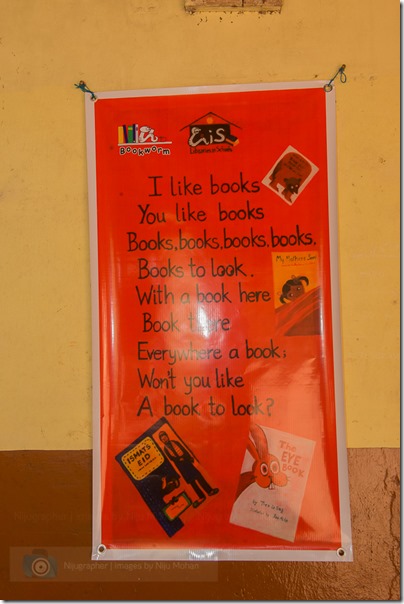Children extract meaning from their environment through signs. Although they are not actually reading at an early age (Stahl & Murray, 1993), visually distinctive environmental print (product labels, restaurant signs, street signs) help children to understand their environment, become involved in it, and locate particular services and activities for future occasions. Research has shown that children often act as if they are readers long before formal reading instruction, by reading signs, particularly logos conveying their beginning understanding that print has meaning. Signs also reflect how print is used in community environments and every day household objects. The education space picked up this dimension of understanding and over the past 15 years, classrooms have been decorated with print.
Since then, our understanding of engagement with environment print has also grown and we now know that print on the walls is not necessarily serving the intended function of engaging the literate learner unless it is both dynamic and fluid and makes connections with the learner.
This, simply phrased means that print in the environment of the child must be both participatory and meaningful. I have been reflecting on this, as I work with a team fairly new to Literacy understanding on a Reading Research Study. There are team members who are convinced that just having print in the environment of the classroom/school are positive signs of a rich literacy environment. Perhaps in a print- starved community they are but very soon observers will walk past not engaging with print, unless it have fostered a connection and is meaningful.
As I reflected on this, I began to think about how in our practice we are attempting to make early signs/ posters with students who are new to both stories and literacy in English. The process is about a relationship. Typically in the beginning sessions, there is more involvement and modelling from the Facilitator, but slowly the process and the product begins to engage students and they want to participate, come up with their own ideas and engage with the printed sign.
We attempt to prepare these signs in all classrooms at least at the start of the program so that a sense of identity and recall of the story is left behind until the LiS next visit and it is strengthens me to realise that print is important, but the engagement and the relationship with print is the far worthier cause goal of print in the classroom.

